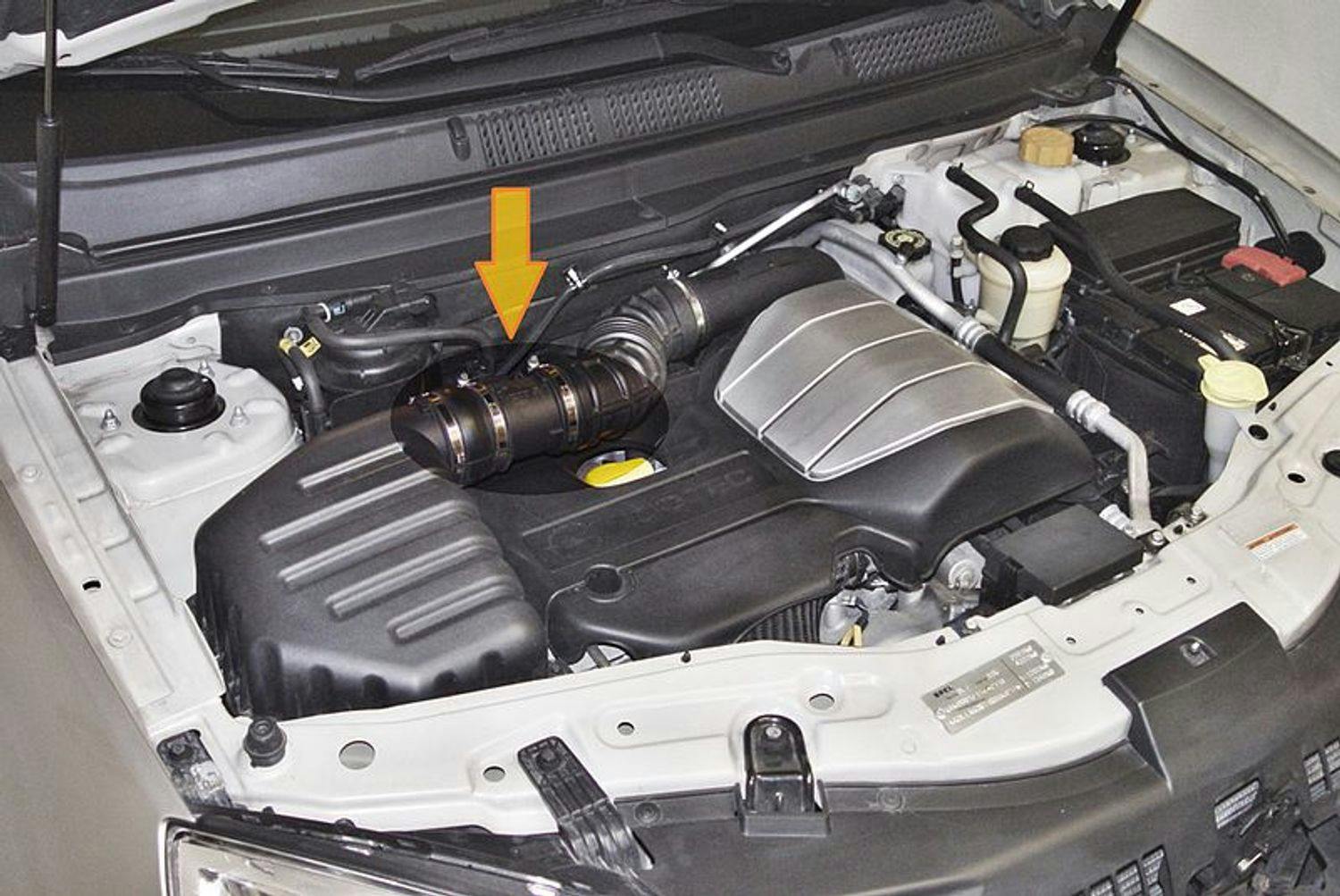Mass Flow Sensor: What does it do, and what are its malfunctions?

The mass flow sensor measures the air that flows through the intake manifold into the combustion engine. It can usually be found in the intake manifold, behind the air filter, and in front of the throttle valve.
If the sensor measures the air pressure in the intake manifold, it is denoted by the abbreviation MAP - Manifold Air Pressure. On the other hand, if it measures the mass of the consumed air, it is denoted by the abbreviation MAF - Mass Air Flow.
Inhaltsverzeichnis
1. MAP: Manifold Air Pressure
The MAP monitors the pressure in the intake manifold, which fluctuates according to the engine load. Based on this measurement provides information to the engine control unit, which adjusts the fuel dosage for the best possible combustion.

Engine Control Unit: What is its function?
The problem in accuracy occurs if the pressure or temperature of the air changes. Therefore, a second MAP sensor or a combination of a MAP and MAF sensor is used.
2. MAF: Mass Air Flow
Unlike the MAP sensor, the MAF sensor measures the amount and, thus, the mass of the air consumed. It is less resistant to damage than a MAP sensor but has some advantages, such as:
accurate measurement of weight, amount of air
a change in air pressure will not cause an erroneous measurement
the quick reaction of the sensor to the change in airflow
a change in air temperature will not cause an erroneous measurement
exerts very little resistance to airflow
The most frequently used air mass meters:
1. Measuring the amount of air using a heated wire
It is a wire through which an electric current passes. It heats it to a constant temperature, which is usually higher (about 100 degrees Celsius) than the intake air temperature. If the engine draws in less or more air, the temperature of the wire also changes.
This airflow meter can react very quickly to the change in airflow in the intake manifold. However, it is very susceptible to contamination of the heated wire, so it heats up to 1000 degrees Celsius for one second every time the engine is turned off. If the wire is damaged, the control unit switches the motor to emergency mode.
2. Measuring the amount of air with a heated layer
It works on a similar principle to the previous sensor but instead of a wire, a heated layer is used, which is heated to a temperature 120 to 180 degrees higher than the temperature of the intake air. The intake air flows through the air quantity sensor and thus affects the temperature of the heated layer.
The bypass channel is shaped in such a way as to limit the number of impurities falling on the measuring elements. Therefore, it does not require repeated cleaning by short heating, as in the case of a heated wire, which means it is more resistant to damage.
The most common causes of mass flow sensor failure:
The most common causes of mass flow sensor failure occur due to air filter contamination.

Air filter: What does it do, and what are its types?
However, a damaged or excessively polluted mass flow sensor can continue functioning. Though the engine operation changes are significant, even a complete layman will notice them.
The most common symptoms of mass flow sensor damage include the following:
difficult engine starts
high or low engine idle speed
engine running unevenly
jerking when accelerating
engine shutdown
increased smokiness
Conclusion
A malfunction of the mass flow sensor may or may not indicate itself with an illuminated check engine warning light. If the mass flow sensor is just dirty, this problem can be solved by simply cleaning the sensor.
You should be careful not to damage the sensor when cleaning. However, if the mass flow sensor is damaged, the best solution is to replace it, which may not be the cheapest but is very simple.